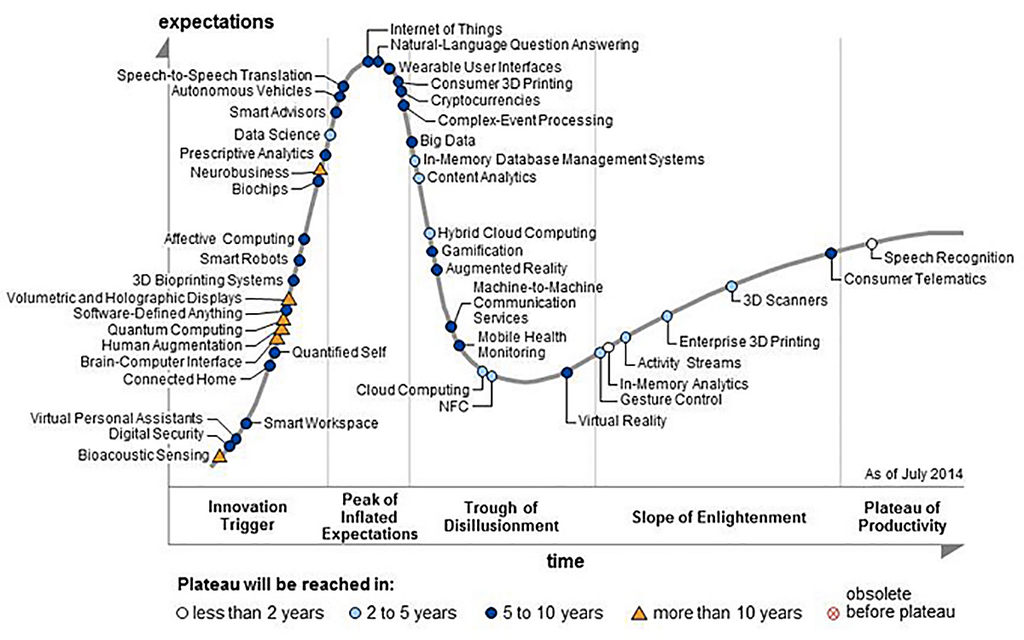Why standards beat processes
328 words | ~2 min
Lots of agencies have processes for planning advertising. Often, they have extravagant adjectives attached to them. They are 'proprietary', 'unique', occasionally even 'groundbreaking'. They usually involve geometric shapes in unusual combinations, or carefully templated Word documents.
The distinctions between those processes are, as you'd expect, more or less meaningless. They typically involve understanding the challenges facing the business, the behaviours/needs/barriers of the users or audience, and the existing positioning of the brand in those people's minds, to arrive at some sort of imperative for the advertising. (Usual caveat: by advertising, these days, I mean any sort of branded communication or service.)
These reminders are useful, and they increase the chances of good work being done - but unique they are not, nor are any of them uniquely effective. This is because the most important differentiator in developing advertising isn't what the steps in the process are, but how they are carried out.
Small teams, working together, talking often, iterating every day, getting regular feedback, lending expertise, being honest, testing out ideas. The standards of collaboration we apply to each step. All the learning on effective delivery suggests that sometimes the best processes involve doing the same thing over and over in short fast cycles, together, getting it progressively more right.
But even more important than these are the things that happen between each step of whatever process we follow. The check-ins, the reviews and measurements that tell us whether we are on the right lines and whether the direction we're taking is worth pursuing. It's not easy to say 'no' to something you've all been working on, but sometimes it's vital. These standards of judgement stop us from going astray.
Together, standards of collaboration and judgement get work out the door faster, and make sure it's on track. They depend on co-operation, humility and generosity with ideas and time. That's a bit harder than pinning a Venn diagram above your desk, but a lot more rewarding.
# Alex Steer (10/01/2015)
